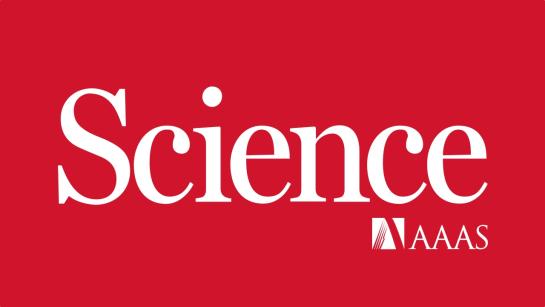
Cells use transcription-coupled repair (TCR) to efficiently eliminate DNA lesions such as ultraviolet light–induced cyclobutane pyrimidine dimers (CPDs). Here we present the structure-based mechanism for the first step in eukaryotic TCR, CPD-induced stalling of RNA polymerase (Pol) II. A CPD in the transcribed strand slowly passes a translocation barrier and enters the polymerase active site. The CPD 5′-thymine then directs uridine misincorporation into messenger RNA, which blocks translocation. Artificial replacement of the uridine by adenosine enables CPD bypass; thus, Pol II stalling requires CPD-directed misincorporation. In the stalled complex, the lesion is inaccessible, and the polymerase conformation is unchanged. This is consistent with nonallosteric recruitment of repair factors and excision of a lesion-containing DNA fragment in the presence of Pol II.
